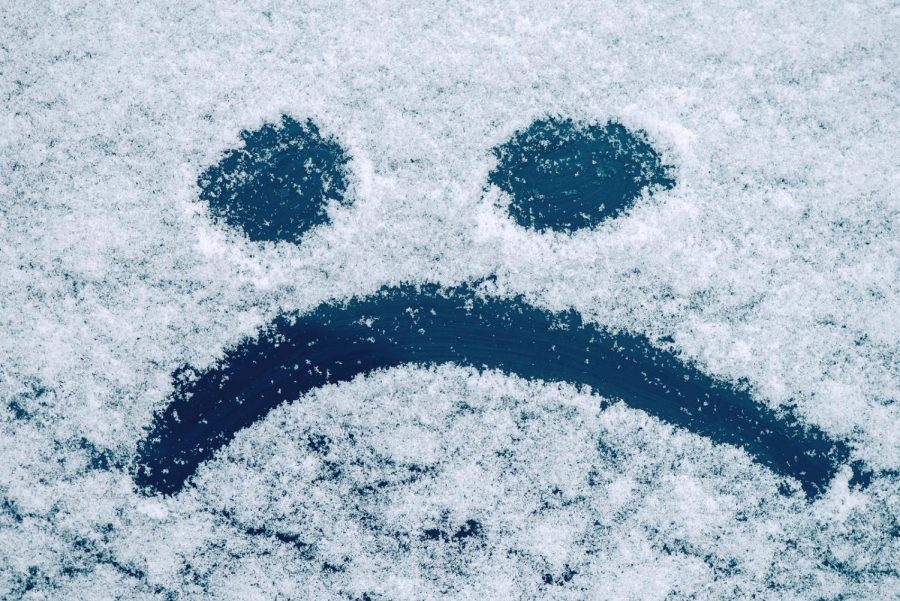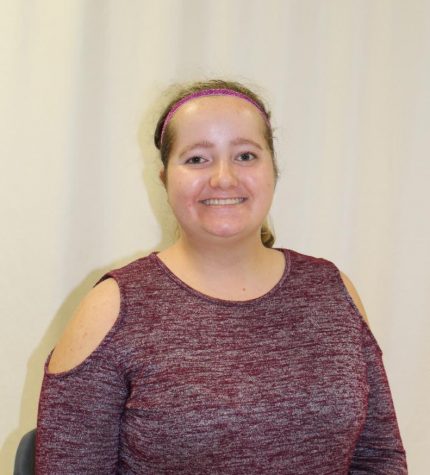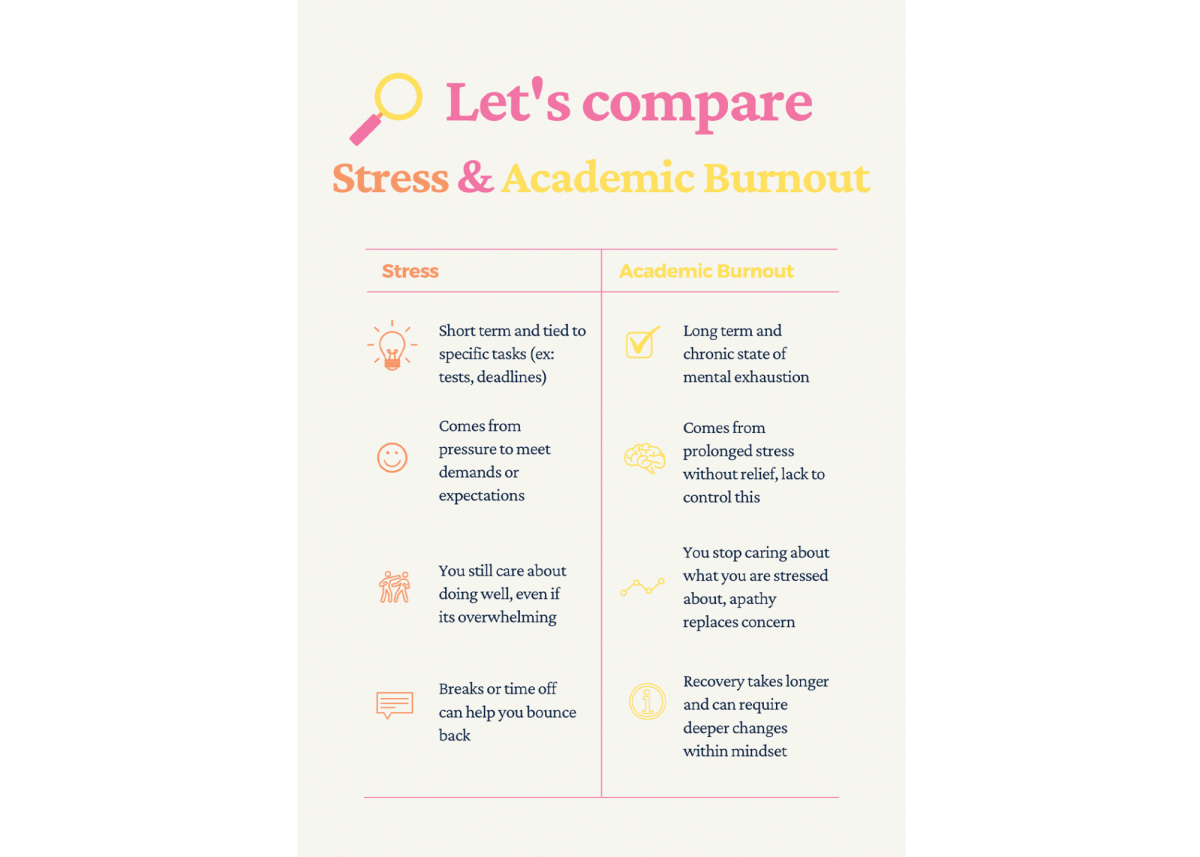Seasonal Depression and the Winter Blues: It’s real and it’s okay to talk about it
January 7, 2020
With colder, shorter and darker days that bring less natural sunlight, winter can be a depressing time for some people, who may have had a “blue Christmas,” or get into the slump after the fun and festivities have ended. This often causes seasonal depression. Some people just experience the winter blues, which is often linked to specific things, while others experience something more severe, like Seasonal Affective Disorder (SAD).
“Winter blues is a general term, not a medical diagnosis. It’s fairly common, and it’s more mild than serious. It usually clears up on its own in a fairly short amount of time,” Dr. Matthew Rudorfer, a mental health expert at News in Health (NIH), said in a NIH article titled, “Beat the Winter Blues: Shedding Light on Seasonal Sadness.”
While the winter blues is temporary, SAD follows a regular yearly pattern. It appears while the seasons change, and goes away several months later, usually in or near summertime.
“[SAD is] a well-defined clinical diagnosis that’s related to the shortening of daylight hours,” Rudorfer said. “It interferes with daily functioning over a significant period of time.”
Seasonal depression carries many symptoms along with it, such as sadness, depression, hopelessness and worthlessness, and despite what some may think, it is absolutely real.
“I think that many people disregard seasonal depression. I feel like people think it’s fake, and it’s not. It’s very real, and the season does affect your mood,” senior Savannah Droescher said. “In the summer, I am more happy, and in the winter, I am more sad, and there’s darker days — it’s not daylight out. I just feel sad. It’s cold; it’s gloomy.”
According to a Forbes article titled, “How To Bear The Winter Blues,” written by Frances Bridges, a contributor to Forbes, some of the many ways to beat the winter blues and SAD include: eating well, being surrounded by positive people and positive vibes, checking something off a bucket list, spending time by a fire, taking vitamins, getting fresh air and sunlight, managing screen time and most importantly, getting help.
“[People] should allow themselves to have bad days. But also, even if you don’t want to, try to make yourself go out and do something, even if it’s something small, like just going to the grocery store, because that can still have an impact on your mood,” Droescher said.
Interesting SAD facts from Psychology Today include:
- SAD affects about 10 million Americans.
- 10 to 20 percent of Americans may have mild SAD.
- SAD is four times more common in women than men.
- The age of onset is estimated to be between ages 18 and 30.
- 6 percent of those affected require hospitalization.
- 55 percent of those affected report more than one close relative with a severe depressive disorder.
- 34 percent of those affected report more than one close relative with alcohol abuse.
While winter is a happy and gleeful for some, it is sad and depressing for others. It is important for those who suffer from seasonal depression to know that they are not alone, and there are several options to get help and treatment. Some of those options include light therapy (60 to 80 percent of people with SAD find substantial relief with this, according to the Here to Help Foundation.), medication, aromatherapy, counselling (Cognitive Behavioral Therapy) and self-help (regular exercise, healthy diet, good sleep habits, staying connected to others, balanced thinking techniques and managing stress).
“Seasonal depression is very real, and it’s okay. Try to find a healthy way to deal with it,” Droescher said. “It’s okay to talk about it, [and] it’s okay to get help.”









